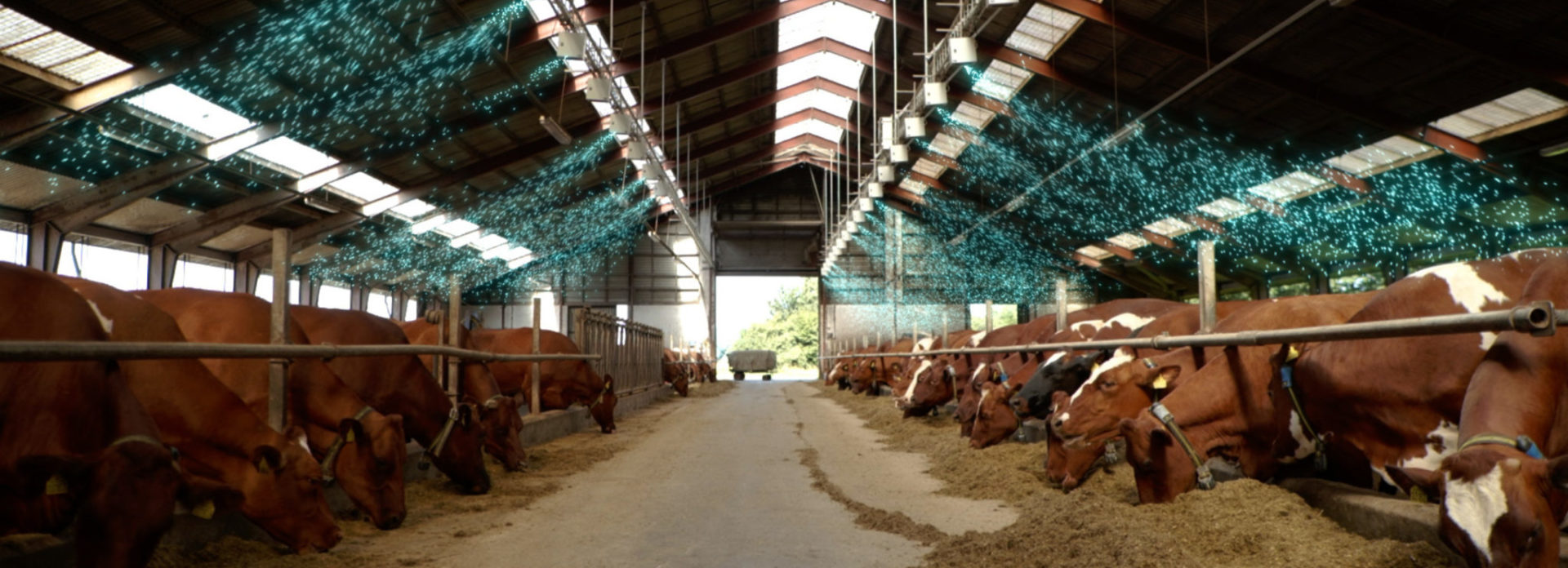Big data leads the way to low-emission cattle
Breeding cows that produce less methane is a promising scenario in the effort to reduce the climate impact of milk production. Since scientists discovered that some cows are genetically inclined to convert more feed into milk and less into methane, this possibility is coming closer to reality.
The Danish cattle breeding company VikingGenetics, owned by Nordic dairy and beef farmers, is playing a lead role in that development by enabling farmers to breed the healthy and efficient cows of the future.
The patented Cattle Feed Intake System (CFIT) is one of the company’s key tools. A smart solution based on 3D cameras and artificial intelligence, CFIT is designed to monitor the feed intake and weight of each cow in commercial herds throughout the lactation period.
VikingGenetics registers the data in the Nordic Saved Feed Index, which describes the genetic ability of each cow to turn feed into milk. The amount of methane produced, varying from two to 12 percent of the feed’s energy content, is closely linked to feed-to- milk efficiency.
Farmers can then use this overview of genetic potential to select the breeding bulls that will pass high feed efficiency and other desirable traits onto the next generation.
By 2025, further planned installations will bring the number of cows up to 30,000
Today, CFIT monitors 12,500 cows across 25 commercial farms. By 2025, further planned installations will bring the number of cows up to 30,000. The collection of data from a larger number of herds in different production systems will speed up the breeding of highly productive, feed-efficient and low-emission cows that also stand out for their good health.
According to a new study based on CFIT data, genetic selection for improved feed efficiency could reduce GHG emissions from dairy cattle in VikingGenetics’ home markets by 20 percent in 2050. In a country like India, for example, the improvement potential is even higher. Here a dairy farmer may reduce methane emissions by 33 percent per litre of milk using Nordic genetics.


